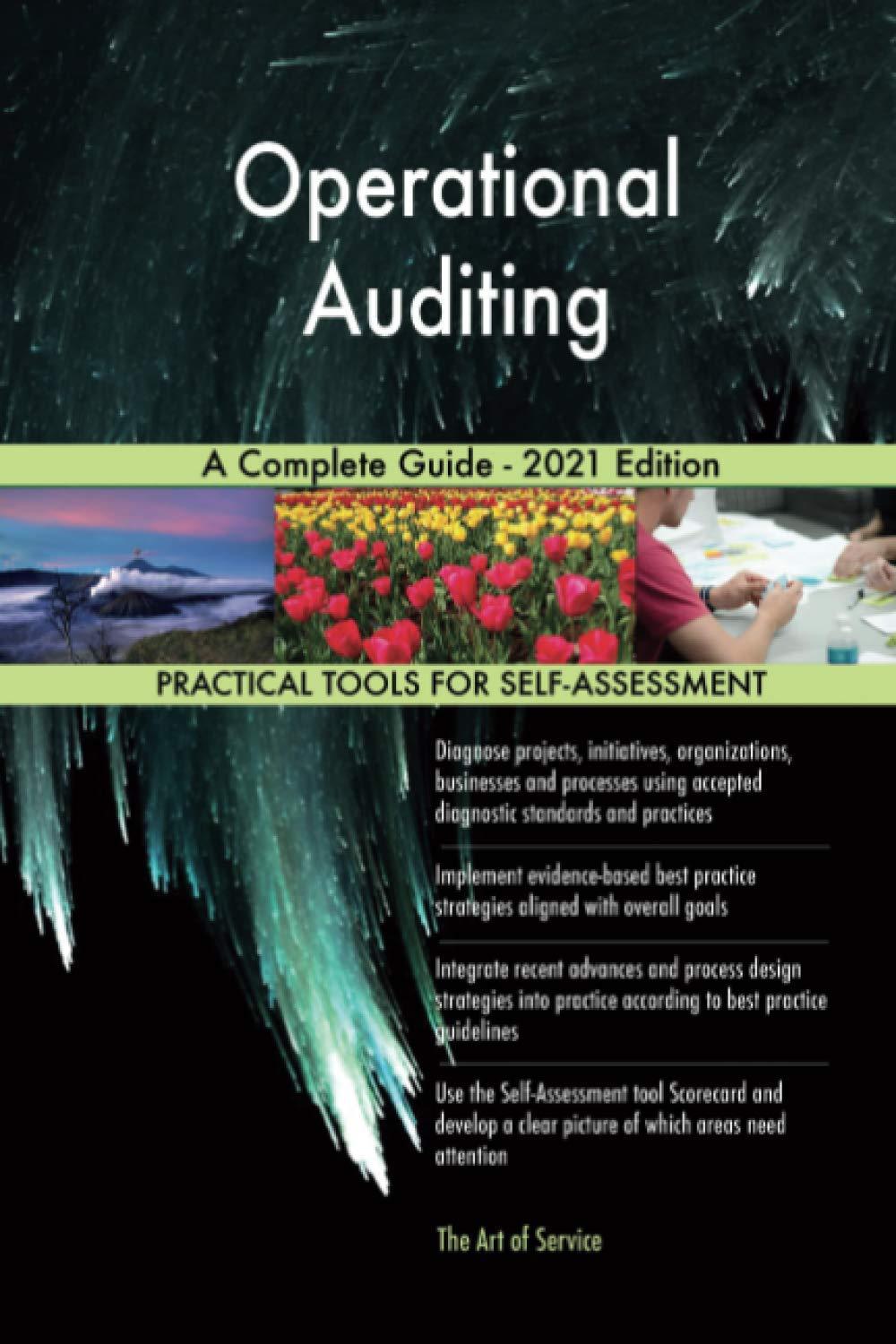Question
P10-37 Measuring the effects of decisions on standard cost variances (comprehensive) The following five unrelated situations affect one or more standard cost variances for materials,
P10-37 Measuring the effects of decisions on standard cost variances (comprehensive)
The following five unrelated situations affect one or more standard cost variances for materials, labor (assembly), and overhead:
1. Lois Jones, a production worker, announced her intent to resign to accept anther job paying $1.50 more per hour. To keep Lois, the production manager agreed to raise her salary from $7.00 to $8.75 per hour. Lois works an average of 175 regular hours per month.
2. At the beginning of the month, a supplier of a component used in our product notified us that, because of a minor design improvement, the price will be increased by 15 percent above the current standard price of $100 per unit. As a result of the improved design, we expect the number of defective components to decrease by 80 units per month. On average, 1,200 units of the component are purchased each month. Defective unites are identified prior to use and are not returnable.
3. In an effort to meet a deadline on a rush order in Department A, the plant manager reassigned several higher-skilled workers from department B, for a total of 300 labor hours. The average salary of Department B workers is $2.05 more than the standard $7.25 per hour rate of the Department A workers. Since they were not accustomed to the work, the average Department B worker was able to produce only 36 units per hour instead of the standard 48 units per hour. (Consider on the effect on Department A labor variances.)
4. Rob Celiba is an inspector who earns a base salary of $700 per month plus a piece rate of 20 cents per bundle inspected. His company accounts for inspection costs as manufacturing overhead. Because of a payroll department error in June, Rob was paid $500 plus a piece rate of 30 cents per bundle. He received gross wages totally $1,100.
5. The materials purchasing manager purchase 5,000 unites of component K2X from a new source at a price of $14 below the standard unit price of $200. These components turned out to be of extremely poor quality with defects occurring at three times the standard rate of 5 percent. The higher rate of defects reduced the output of workers (who ear $9 per hour) from 20 units per hour to 15 units per hour on the unites containing the discount components. Each finished unit contains one K2X component. To appease the workers (who were irate at having to work with inferior components), the production manager agreed to pay the workers an additional $0.30 for each of the components (good or bad) in the discount batch. Variable manufacturing overhead is applied at the rate of $3 per direct labor hour. The defective unit is also caused a 20-hour increase in total machine hours. The actual cost of electricity to run the machines is $2 per hour.
Required
For each of the preceding situations, determine which standard cost variance(s) will be affected, and compute the amount of the effect for one month on each variance. Indicate whether the effect is favorable or unfavorable. Assume that the standards are not changed in response to these situations. (Round calculations to two decimal places.)
Step by Step Solution
There are 3 Steps involved in it
Step: 1

Get Instant Access to Expert-Tailored Solutions
See step-by-step solutions with expert insights and AI powered tools for academic success
Step: 2

Step: 3

Ace Your Homework with AI
Get the answers you need in no time with our AI-driven, step-by-step assistance
Get Started


